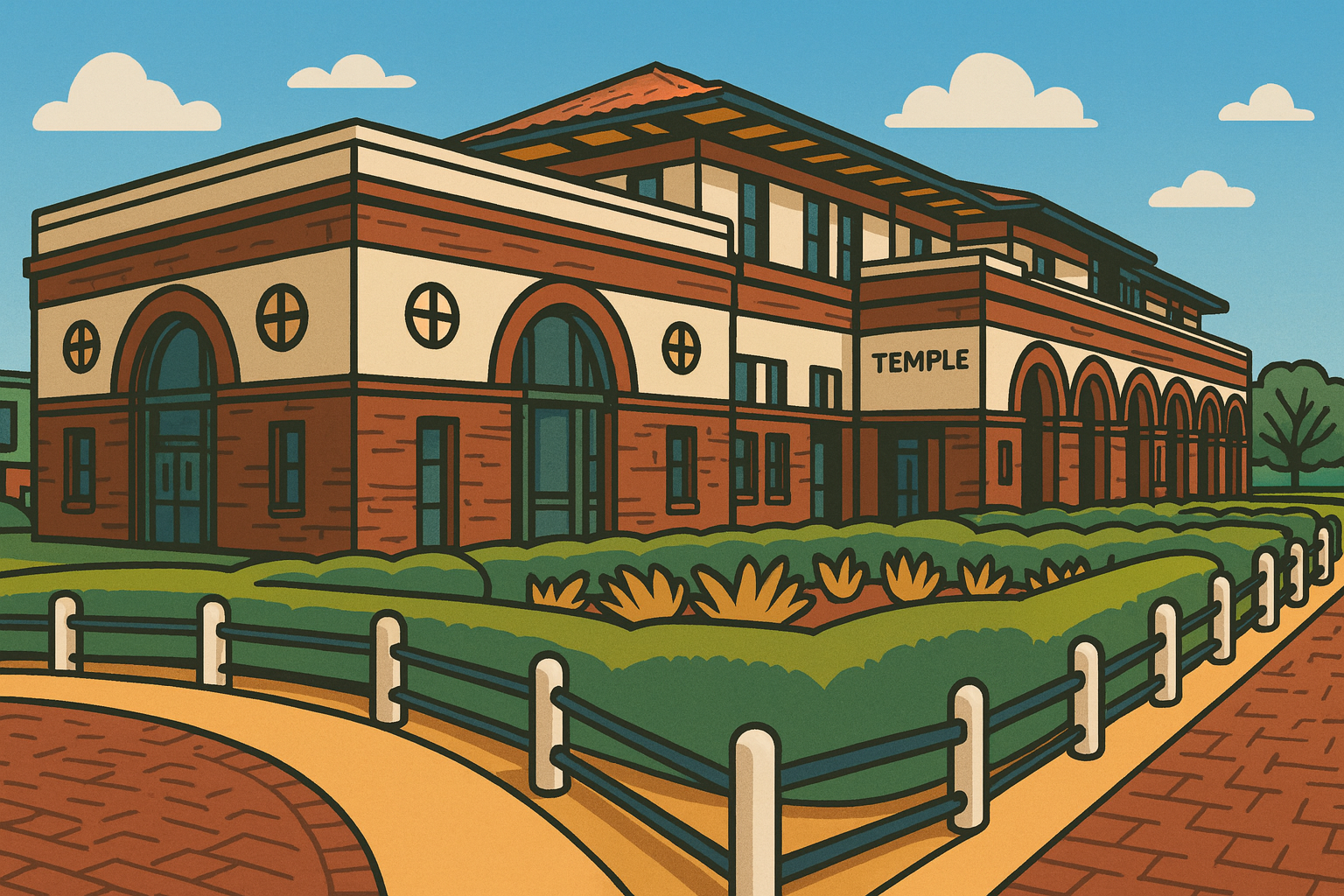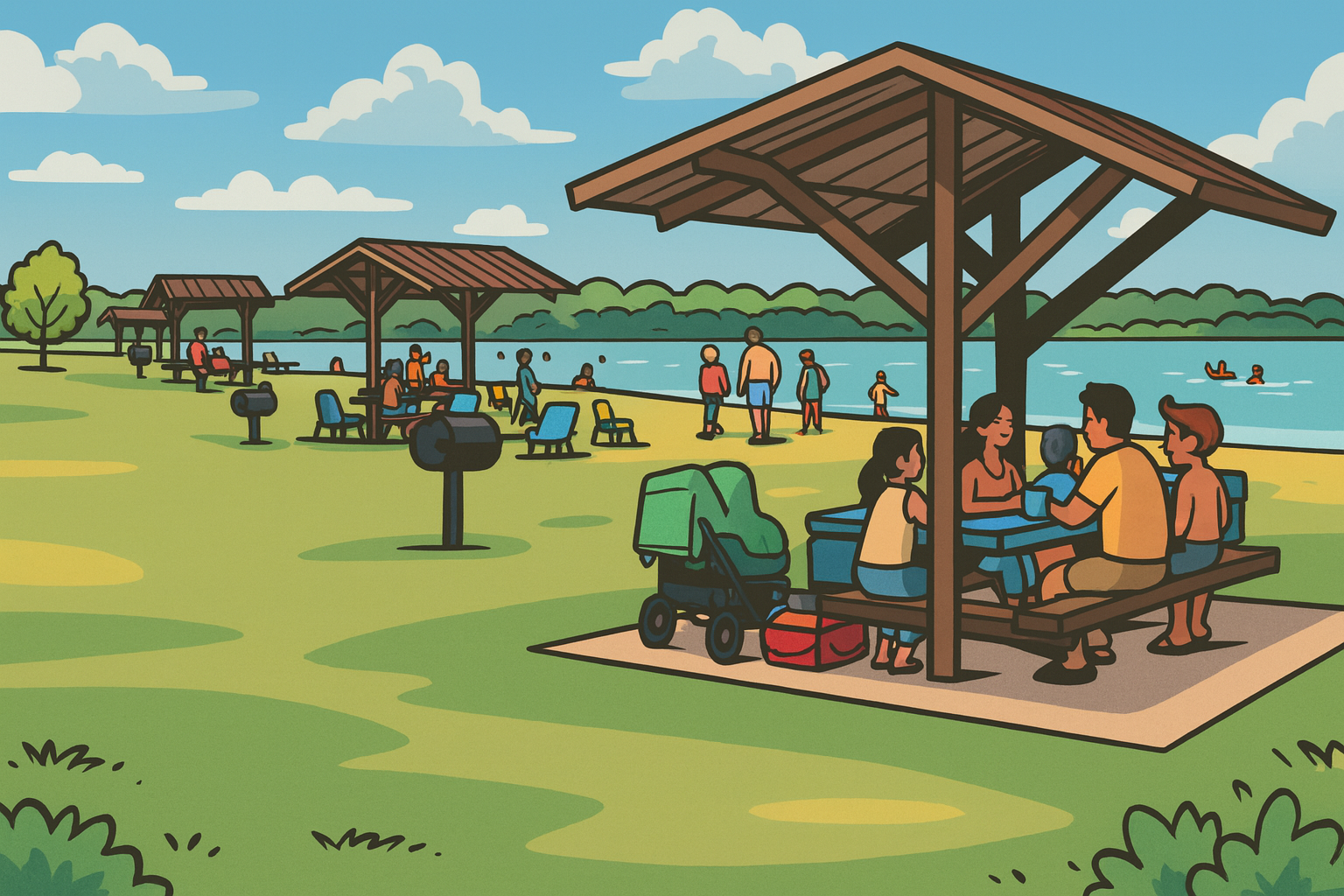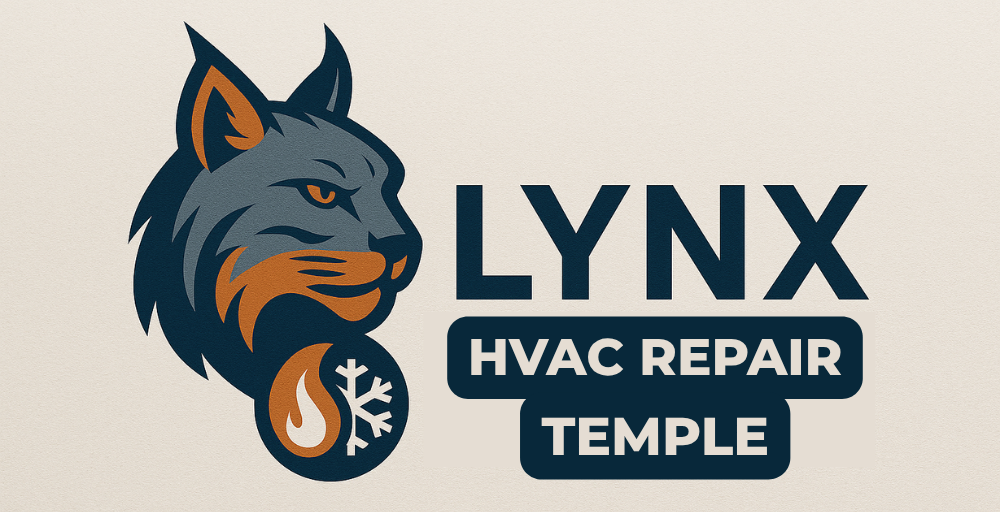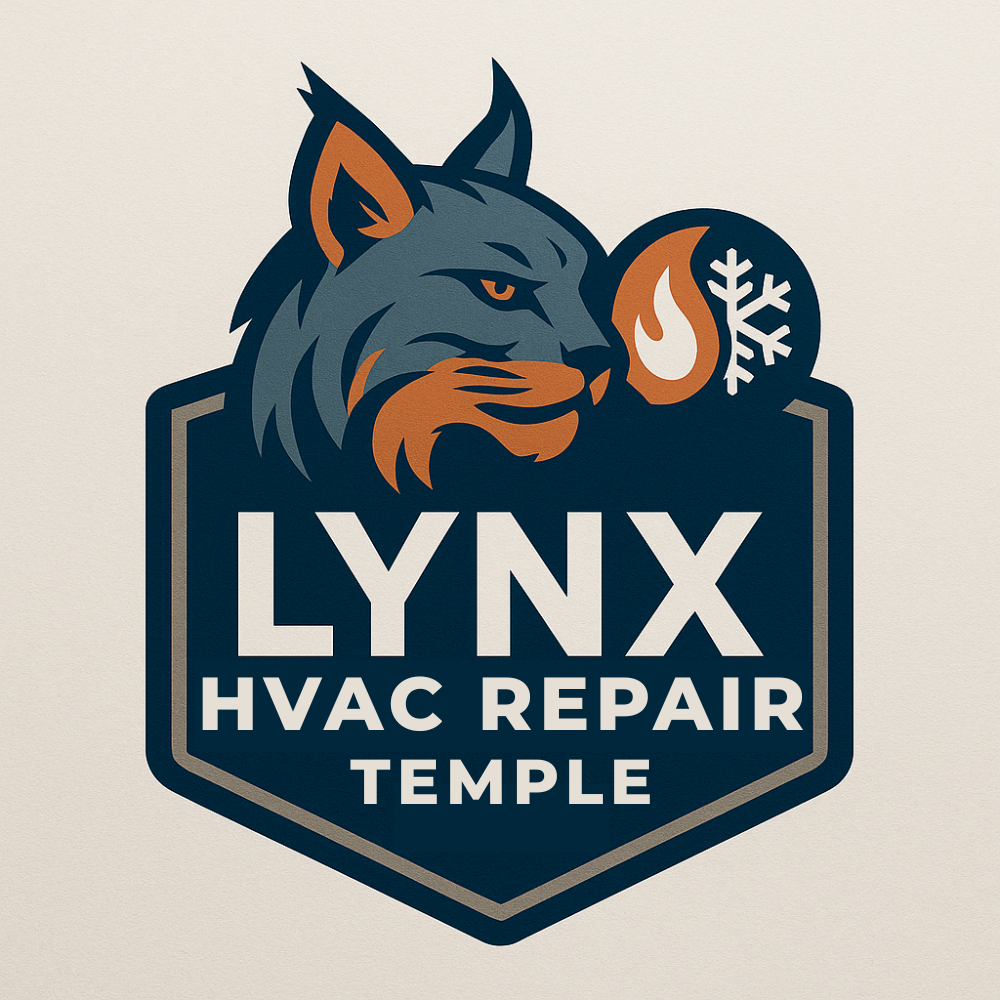Air Conditioner Repair Troubleshooting: DIY Solutions for Temple Homeowners
A malfunctioning air conditioner in Temple's scorching summer heat can quickly turn your home from comfortable to unbearable. While some AC issues require professional attention, many common problems can be identified and resolved through basic troubleshooting steps. Trusted HVAC Temple TX technicians recommend checking your thermostat settings, inspecting air filters, and ensuring proper airflow to help restore your AC system's performance without the need for an emergency service call.
When your AC isn't cooling properly, starting with simple checks can save time and money. A systematic approach to troubleshooting helps pinpoint whether the issue stems from a clogged filter, frozen coils, or electrical problems. These basic diagnostic steps allow you to communicate more effectively with HVAC professionals if advanced repairs become necessary.
Professional HVAC technicians in Temple use specialized tools and expertise to tackle complex cooling system problems. Regular maintenance prevents most major breakdowns, but knowing when to call for expert help protects your equipment from damage and ensures your family's comfort during Texas heat waves.
Key Takeaways
- Basic troubleshooting starts with checking thermostat settings and air filters
- Regular maintenance prevents most major AC system failures
- Professional diagnosis is essential for complex cooling problems
Essential Air Conditioner Repair Troubleshooting Steps
Professional AC repair starts with a systematic inspection of key components to identify and fix common issues quickly. These proven troubleshooting steps will help pinpoint the source of your cooling problems.
Verify Power Supply and Circuit Breaker
Check if your AC unit is receiving power by inspecting the circuit breaker panel. A tripped breaker is often the culprit behind sudden AC failures.
Look for any blown fuses in the disconnect box near your outdoor unit. Replace damaged fuses with identical amp ratings to maintain proper protection.
Test the outlet powering your indoor unit with a voltage meter or by plugging in a working device. If there's no power, reset the breaker by switching it fully off then back on.
Inspect Thermostat Settings and Functionality
Set your thermostat to "Cool" mode and at least 5 degrees below room temperature. The system should activate within a few minutes.
Replace weak batteries in digital thermostats. Low battery power can cause erratic temperature readings and system performance.
Test your thermostat's accuracy with a separate thermometer placed nearby. Readings that differ by more than 2 degrees indicate potential calibration issues.
Examine Air Filters and Airflow
Remove and inspect air filters monthly. Hold them up to a light source - if you can't see through them, they need replacement.
Common signs of restricted airflow:
- Uneven cooling between rooms
- Weak air from vents
- Ice formation on indoor coil
- Higher energy bills
Clear debris from outdoor unit fins using a garden hose. Bent fins can be carefully straightened with a fin comb tool.
Assess Refrigerant Levels and Look for Leaks
Low refrigerant causes reduced cooling power and higher energy costs. Signs include ice on copper lines and hissing sounds near connections.
Warning signs of refrigerant leaks:
- Oil spots near connections
- Bubbling or hissing sounds
- Indoor unit freezing up
- Warm air from vents
Contact a licensed technician to properly measure refrigerant levels. DIY refrigerant work is illegal and dangerous.
Monitor your electric bills - sudden increases often indicate developing refrigerant issues affecting system efficiency.
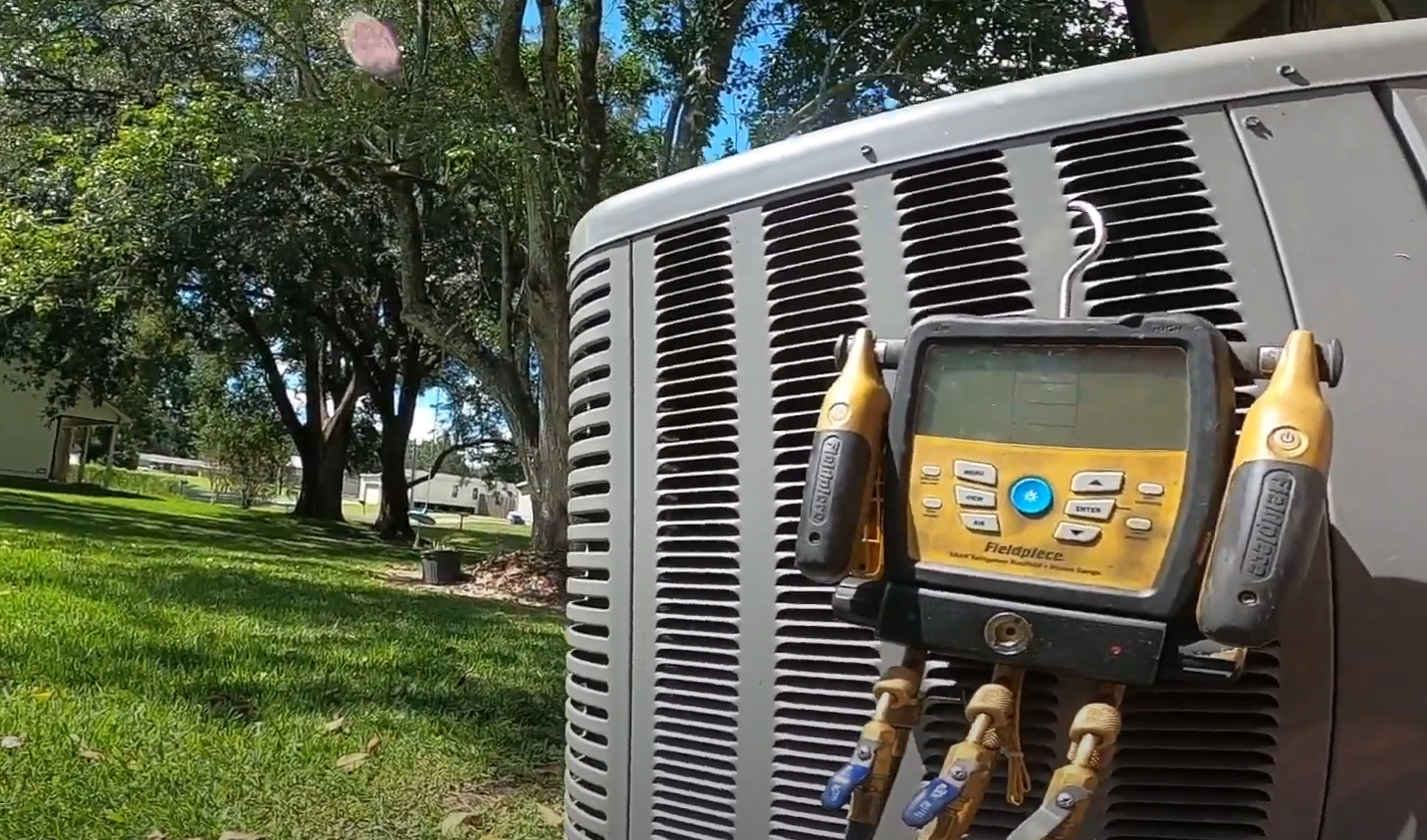
Identifying Common Air Conditioning Problems
Air conditioning problems typically show clear warning signs before complete system failure. Quick identification of these issues helps prevent costly repairs and maintains comfortable indoor temperatures.
AC Won't Turn On
Check your thermostat settings first - ensure it's set to "cool" mode and the temperature is below room temperature. Replace the batteries if the display is blank.
Inspect your electrical panel for tripped circuit breakers. Reset any that control your AC system.
A faulty capacitor can prevent the compressor from starting. Signs include clicking sounds when the system tries to start or the outdoor unit failing to run.
Professional inspection is needed if:
- The system makes unusual noises
- Circuit breakers trip repeatedly
- The thermostat works but the unit remains unresponsive
Blowing Warm Air or Insufficient Cooling
Check the air filter - a dirty filter restricts airflow and reduces cooling efficiency. Replace filters every 60-90 days.
Low refrigerant levels often cause weak cooling. Signs include:
- Ice formation on copper lines
- Higher electric bills
- Long cooling cycles
The outdoor unit must stay clear of debris and vegetation. Clean the condenser coils if they're covered in dirt or grass clippings.
Inspect supply vents - closed or blocked vents create pressure imbalances that reduce cooling performance.
Frequent Short Cycling
Short cycling occurs when your AC turns on and off rapidly. This wastes energy and puts extra strain on system components.
Common causes include:
- Oversized AC units
- Dirty air filters
- Failed thermostats
- Low refrigerant charge
Measure the run time between cycles. Normal cycles should last 10-15 minutes. Shorter cycles indicate a problem needing professional diagnosis.
Weak or Poor Airflow
Test airflow at different vents. Weak air from all vents often indicates blower motor issues or duct problems.
Inspect visible ductwork for:
- Disconnected sections
- Visible holes or damage
- Crushed flexible ducts
A dirty blower wheel reduces air movement. Professional cleaning restores proper airflow and system efficiency.
Register positioning affects room airflow. Keep furniture and drapes clear of supply and return vents.
Advanced Diagnosis and Maintenance for Lasting Performance
Professional AC diagnostics require specialized tools and expertise to identify and resolve complex system issues. Modern HVAC systems need regular maintenance and thorough inspection to maintain peak efficiency and prevent costly breakdowns.
Cleaning Condenser Coils and Evaporator Coil
Dirty coils significantly reduce your AC's cooling capacity and increase energy consumption. A professional inspection reveals the true condition of both coils.
The evaporator coil requires careful cleaning with specialized solutions to remove built-up dirt and biological growth. Signs of a frozen evaporator coil include ice formation and weak airflow.
The condenser coils outside your home need quarterly cleaning to remove debris, leaves, and dirt. Clean coils transfer heat more effectively and reduce strain on system components.
Drainage and Condensate Line Issues
A clogged drain line leads to water damage and system shutdown. Professional technicians use specialized vacuum equipment to clear blockages completely.
Regular testing of the condensate pump ensures proper water removal. Installing a float switch prevents overflow damage if drainage issues occur.
We recommend monthly cleaning of the drain pan and lines with antimicrobial solutions. This prevents algae growth and maintains proper drainage flow.
Addressing Electrical Issues and Compressor Problems
Warning Signs of Electrical Problems:
- Frequent circuit breaker trips
- Burning smells from the unit
- Unusual noises during startup
- High energy bills
Compressor failure often stems from electrical issues. Regular voltage testing and capacitor checks prevent unexpected breakdowns.
Blown fuses indicate serious electrical problems that require immediate attention. Professional diagnostics can identify the root cause before permanent damage occurs.
A failing compressor shows signs like hard starting, strange noises, and inadequate cooling. Early detection through advanced testing helps avoid complete system replacement.
Professional Solutions and Preventive HVAC Maintenance
Professional maintenance keeps your AC system running efficiently while preventing costly breakdowns. Regular inspections and cleanings by certified technicians protect your investment and maintain healthy indoor air quality.
When to Call an HVAC Technician
Contact a certified AC technician immediately if you notice unusual sounds, weak airflow, or temperature inconsistencies. These symptoms often indicate serious issues that require professional expertise.
Strange odors, especially burning smells, warrant immediate professional attention. Don't attempt complex electrical repairs or refrigerant handling yourself - these tasks require specialized training and tools.
Signs you need professional AC repairs:
- System won't turn on or off properly
- Ice formation on coils
- Sudden spike in energy bills
- Water leaks around the unit
- Frequent cycling on and off
Importance of Regular AC Maintenance
Schedule professional HVAC maintenance twice yearly - spring for cooling and fall for heating. A qualified technician will inspect electrical connections, clean coils, and check refrigerant levels.
Professional tune-ups include:
- Thermostat calibration
- Motor lubrication
- Belt tension adjustment
- Condensate drain cleaning
- System pressure testing
Regular maintenance extends equipment life and maintains manufacturer warranties. Professional inspections catch small problems before they become expensive repairs.
Duct and Vent Cleaning for Optimal Air Quality
Clean ducts improve system efficiency and indoor air quality. Professional duct cleaning removes accumulated dust, allergens, and debris that regular maintenance can't reach.
Signs your ducts need cleaning:
- Visible dust coming from vents
- Musty odors when running the system
- Increased allergy symptoms
- Uneven airflow between rooms
Professionals use specialized equipment to thoroughly clean ductwork without damaging the system. They'll also inspect for leaks and seal any gaps found.
Long-Term Savings and Efficiency Tips
Replace air filters monthly during peak seasons. Clean filters reduce strain on the system and maintain proper airflow.
Install a programmable thermostat to optimize temperature settings. Strategic temperature management can reduce energy bills by 10-15%.
Consider upgrading older units to energy-efficient models. Modern HVAC systems use less energy while providing better performance.
Keep outdoor units clear of debris and vegetation. Maintain at least 2 feet of clearance around the unit for proper airflow.
You might also like
